The content of the article
Africans often call this snake the green devil, since the green mamba is one of the most insidious snakes on the planet. It not only has an incredibly powerful neurotoxic poison, which acts with high efficiency on a variety of living creatures (including humans), but also aggressive habits that are not even characteristic of dangerous snakes.
The peculiarity of mamba is a swift attack, which is not always caused by external factors, but can be caused simply by the presence of a green mamba nearby, while it, unlike many other dangerous snakes, bites repeatedly. In this connection, delivers a greater amount of poison.
Appearance and habitat
As you might guess, the main color of this snake is green, but this parameter is not so clear. Young mambas are distinguished by a rather bright green color, which changes with age and becomes darker. So, a mature green mamba can actually have a dark green and even bluish color. It reaches two meters in length (a fixed maximum of 210 centimeters), that is, it is comparable to the length of a person.
The main habitat for this creation of nature are trees and creepers. The green mamba almost never descends to the ground and prefers to crawl along the tops of trees and branches, which it imitates immensely. Due to the specific color and shape, this mamba is almost indistinguishable from branches and vines.
Of the interesting facts about the habitat of this snake it should be noted:
- Prefers mangroves and bamboo thickets.
- It lives mainly in West Africa: Mozambique, East Zambia and Tanzania.
- Loves humid spaces, so it often happens in coastal areas.
- For the most part it inhabits the plains, but can rise up to the mountains up to 1000 meters.
- Now often began to appear in cities and on tea plantations.
When the green mamba tracks down prey, it looks from above, after which it goes down, flowing smoothly, with graceful movements. This process from the outside is also almost invisible. Therefore, green mamba is an excellent master of disguise.
The eyes of this snake are always open and protected by a transparent film. On the front of the jaw below are two hollow teeth that are used to inject poison. A little further on the top and bottom are the chewing teeth.
For the most part, this snake feeds on birds and therefore is quite active. The green mamba moves through the trees and tracks all who appear in its habitat. Then begins the tracking and pursuit, which often ends with the injection of poison.
Poison features
Given the main "contingent" of prey for this snake, it needs a quick and effective poison that will not allow prey to fly away. A strong neurotoxin acts on a person in about two hours, after which the heart and lungs fail.
In order to cope with this poisoning, you should use an antidote that works effectively, but here the main question is the timing of the introduction of the antidote, which must be used immediately.
Behavior features
The behavior of this reptile can be completely opposite, the green mamba often falls into extremes. On the one hand, she is rather shy and cautious, and therefore often prefers to go unnoticed at all, that is, if you walk through the jungle and this mamba sees you, then most often it will simply crawl away.
On the other hand, mamba can be carried away by hunting, and can also easily bite uninvited guests whom it sees on its own territory. For the most part, this behavior appears on mango or tea plantations during the harvest season. In the season, at least a couple dozen people suffer from green mamba attacks.
A distinctive feature of the behavior is the absence of warning signals. If other snakes that you disturbed, most often first give some kind of signals and “hint” at a possible development of events, then the green mamba does not warn, but simply, having sensed danger and frightened, takes the opportunity to inject poison. This behavior is most often manifested if you frighten or disturb a snake unexpectedly, and in other situations, the mamba more often crawls away than attacks.
Other features
Traditionally, snakes do not attack objects larger than themselves in size or those that they cannot swallow at all. However, when it comes to green mamba, this rule does not work. Descending to the ground, a reptile can bite almost anyone, especially when there is a (real and or apparent) danger.
For the most part, mamba eats all who can be found in the space of trees, starting from birds and bird eggs, ending with mice. In addition, the reptile can also enjoy bats, lizards and frogs.
The green mamba produces offspring with the help of eggs, which it lays in numbers from 8 to 16. Hatched snakes in captivity and under ideal conditions have the opportunity to live up to 14 years. Under natural conditions, these mambas, as a rule, live 6-8 years.
Eggs mature up to 105 days, after which small snakes appear about 15 centimeters in size. The venom of such a snake appears only after a month, when the body reaches a size of 40-50 centimeters.
An interesting feature is the almost complete absence of natural enemies. Although the green mamba can eat smaller snakes and larger snakes can eat green mamba, thanks to its excellent disguise, this reptile has a fairly quiet existence. The main factor that is now reducing the population is anthropogenic, that is, deforestation, environmental degradation.
Video: green mamba (Dendroaspis viridis)

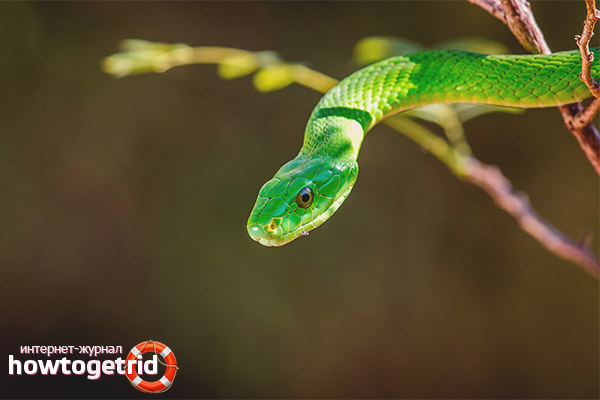
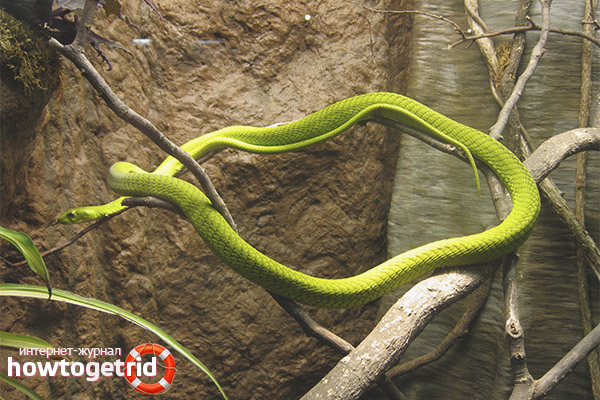

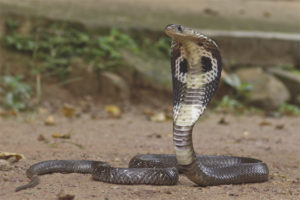
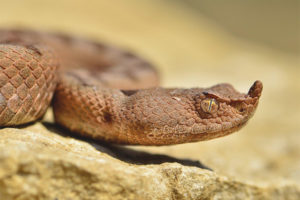
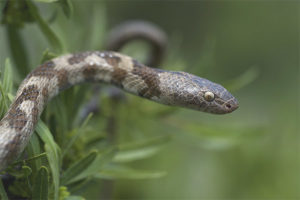
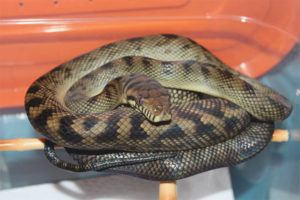
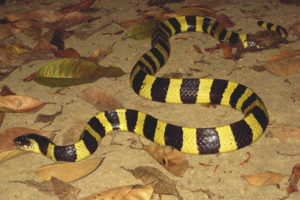

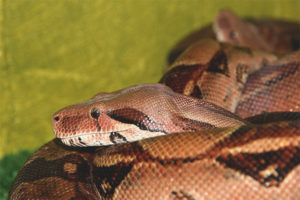
Submit